Small step forward for Gaza peace
A ceasefire deal in Gaza is gaining pace after talks between Israeli and American leaders and UN support for the plan to end war in the Palestinian territory.
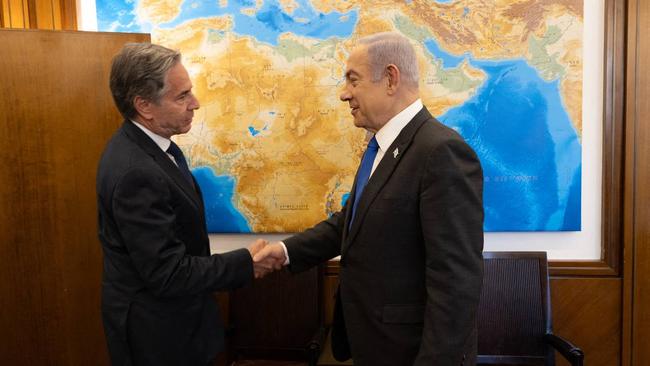
A ceasefire deal in Gaza is gaining pace after talks between Israeli and American leaders and UN support for the plan to end eight months of devastating war in the Palestinian territory.
Prime Minister Benjamin Netanyahu and US Secretary of State Antony Blinken met for two hours in Jerusalem overnight on Monday to discuss a road map towards a ceasefire, before the UN Security Council adopted a US-drafted resolution supporting the plan.
The text “welcomes” the truce and hostage release proposal announced on May 31 by President Joe Biden and urges “parties to fully implement its terms without delay and without condition”.
Unlike earlier drafts, the resolution states that Israel has “accepted” the US ceasefire proposal, under which Israel would withdraw from Gaza population centres and Hamas would free hostages.
The ceasefire would last an initial six weeks, with extensions as negotiators sought a permanent end to hostilities.
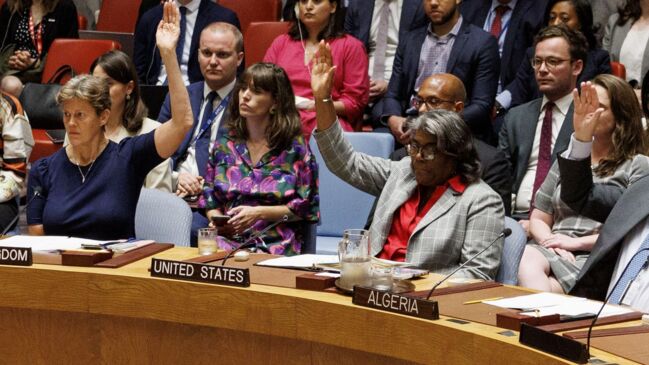
However, Israeli media reported that the truce included an Israeli commitment to a permanent ceasefire even before all hostages were freed, something Mr Netanyahu’s office denied.
“The claim that Israel agreed to end the war before achieving all its goals is a total lie,” the Prime Minister’s Office said, according to The Times of Israel.
“Israel will not end the war until all its conditions are met – that is, fighting until Hamas is eliminated, returning all of our hostages, and ensuring that Gaza never again represents a threat to Israel.”
Israel’s Channel 12 published what it claimed to be Jerusalem’s full peace proposal, which covered the release of all female hostages, both soldiers and civilian, male prisoners over 50, and ill and wounded captives; a total of 33.
In the second phase, both sides would “announce restoration of a sustainable calm (defined in the proposal as the permanent cessation of military hostilities)” to begin before the next release of hostages in return for Palestinian prisoners.
Israeli forces would also completely withdraw from the Gaza Strip, the broadcaster reported.
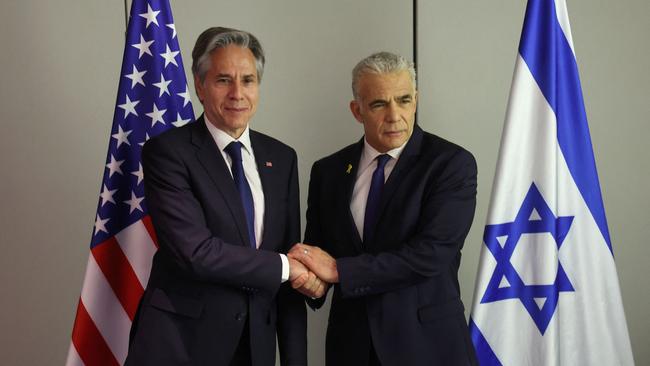
Mr Blinken was due to meet key Israeli opposition figures later on Tuesday: Benny Gantz, a centrist and former army chief who quit the government on Sunday, and Opposition Leader Yair Lapid.
The US ambassador, Linda Thomas-Greenfield, said the Security Council had “voted for peace”.
“This council sent a clear message to Hamas: accept the ceasefire deal on the table. Israel has already agreed to this deal and the fighting could stop today if Hamas would do the same,” she said.
Hamas said it “welcomes” the vote and reaffirmed its willingness to co-operate with mediators.
Palestinian Authority President Mahmoud Abbas described the UN vote as a “step in the right direction”.
The US has expressed hopes that Mr Abbas’s Palestinian Authority, based in the West Bank and has no authority over Gaza, will play a role in managing the territory in the future.
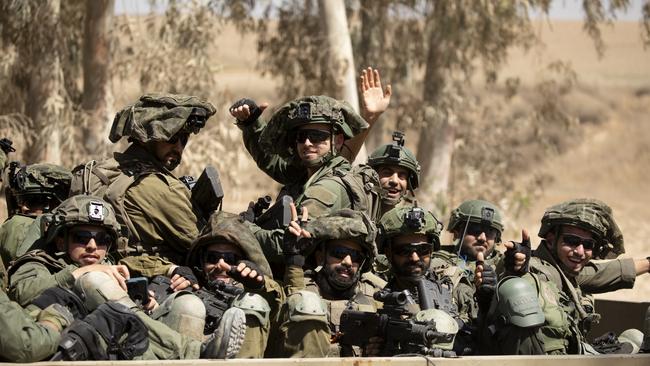
In Jerusalem on Monday, Mr Blinken told Mr Netanyahu the plan would “unlock the possibility of calm along Israel’s northern border and further integration with countries in the region”, according to the State Department.
Israeli forces and Iran-backed Hezbollah fighters in Lebanon have exchanged regular cross-border fire during Gaza’s war.
In the Gaza Strip, Israeli forces carried out fresh strikes on Tuesday, with hospital sources reporting several Palestinians killed in the centre of the territory.
Earlier, witnesses in north and central Gaza reported helicopter gunfire and naval shelling hitting Gaza City, and air strikes to its south on Deir al-Balah.
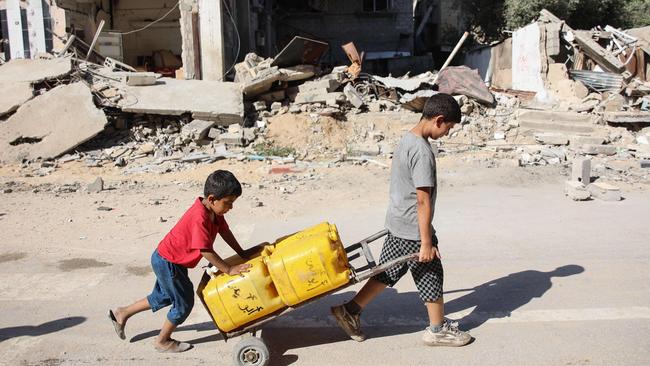
Street battles raged in the southern areas of Rafah and Khan Younis, where bodies were seen lying in the streets and Palestinian civilians were fleeing.
In Jabaliya in northern Gaza, Soad al-Qanou said her young child Amjad was suffering from malnutrition. “This war has destroyed our lives and turned them upside down,” she said. “There is no food, no drink, there is siege and destruction everywhere.”
In Jerusalem, Israel’s parliament voted to revive a controversial law to conscript ultra-Orthodox Jews, which is backed by Mr Netanyahu but criticised by Defence Minister Yoav Gallant as not going far enough.
MPs voted to press ahead with the legislation, which foresees a limited increase in ultra-Orthodox Jews doing military service. Most Israeli Jews must serve in the military but the ultra-Orthodox community has been exempt in favour of religious study.
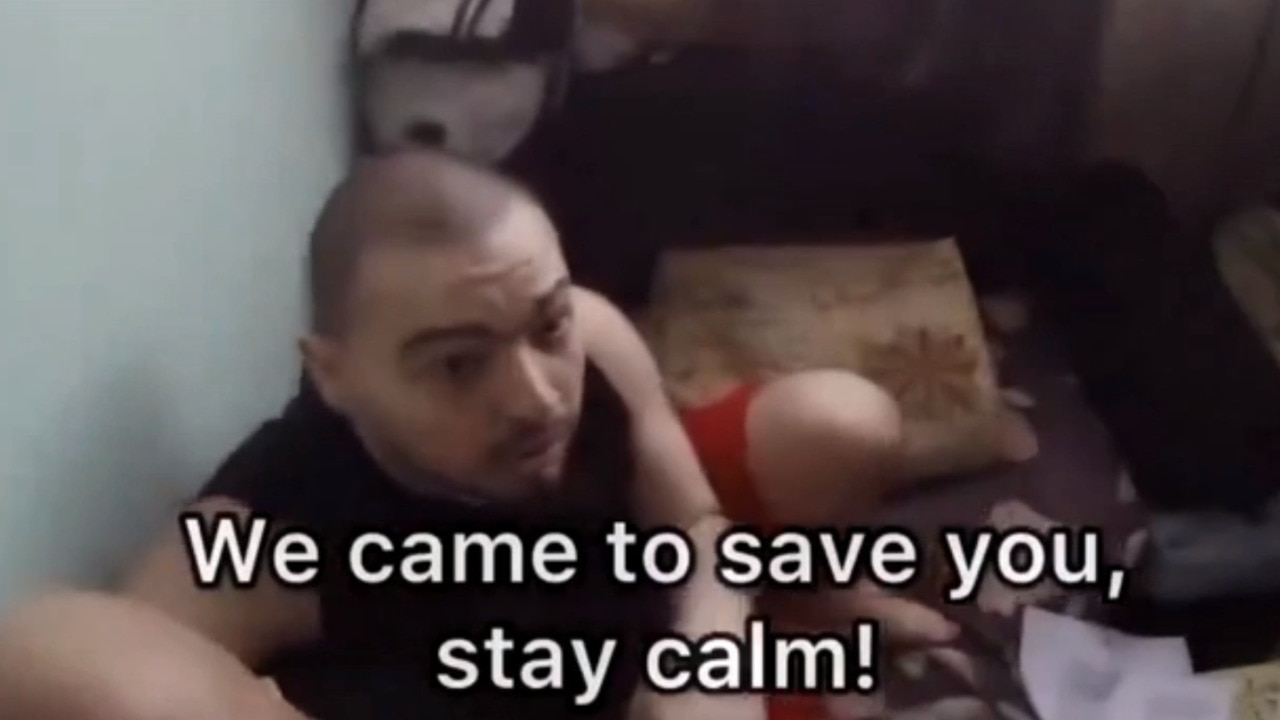
Hamas’s October attack resulted in the deaths of about 1200 people, mostly civilians. The militants also seized 251 hostages, more than 100 of whom were released during a November truce.
In response, the Israeli army launched an offensive on the Gaza Strip, which left at least 37,124 dead, the majority of them civilians, according to data from the health ministry of the Hamas-led Gaza government.
After a rescue operation on Saturday, 116 hostages remain in Gaza, though the army says 41 of them are dead.
AFP

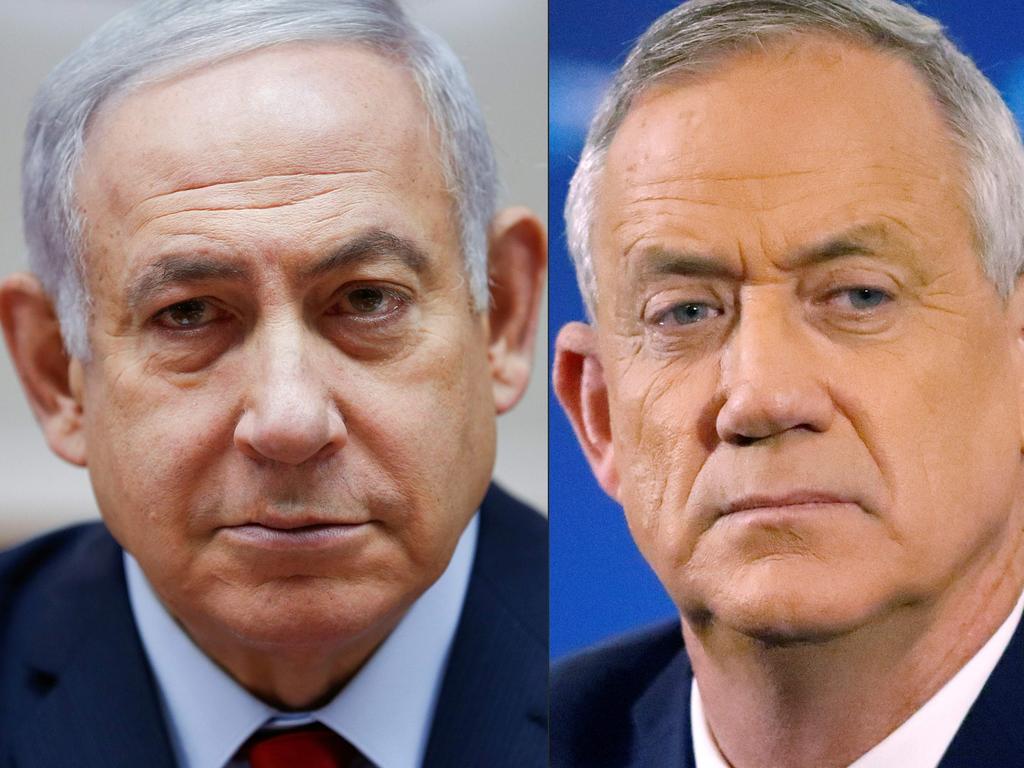

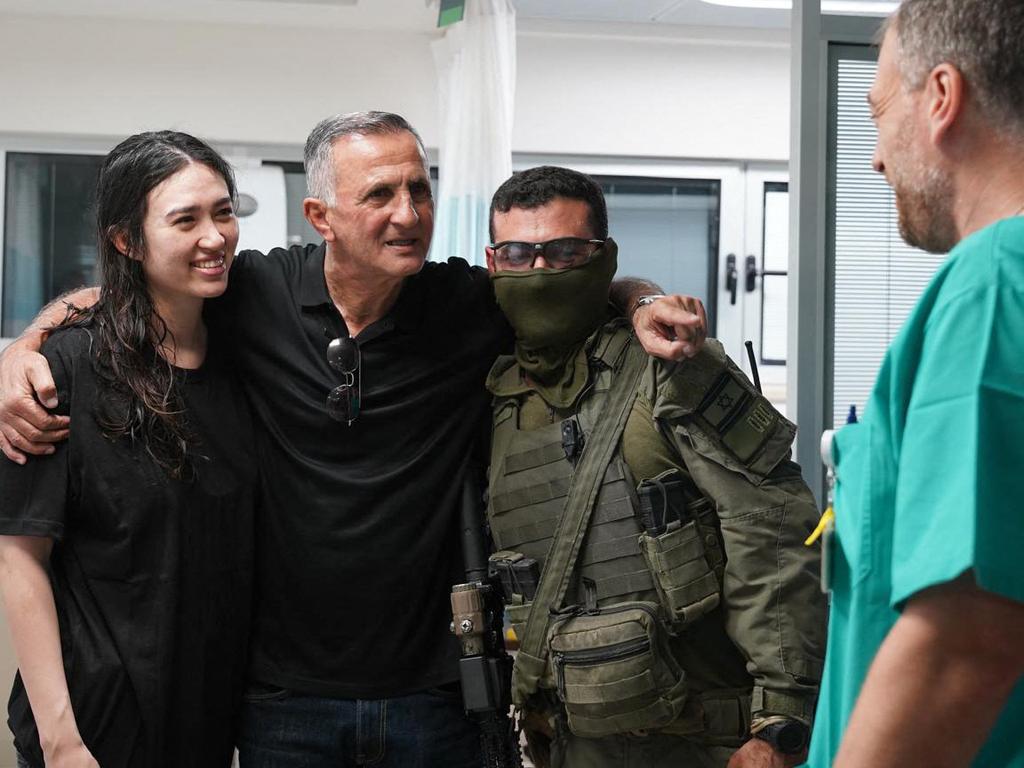
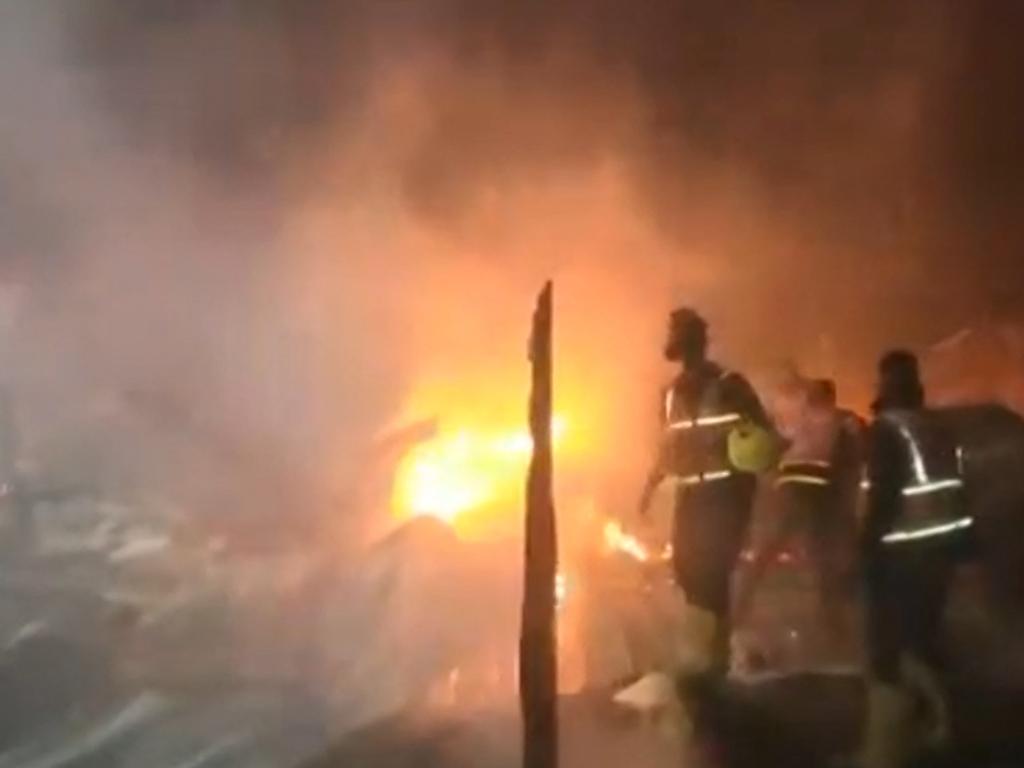


To join the conversation, please log in. Don't have an account? Register
Join the conversation, you are commenting as Logout